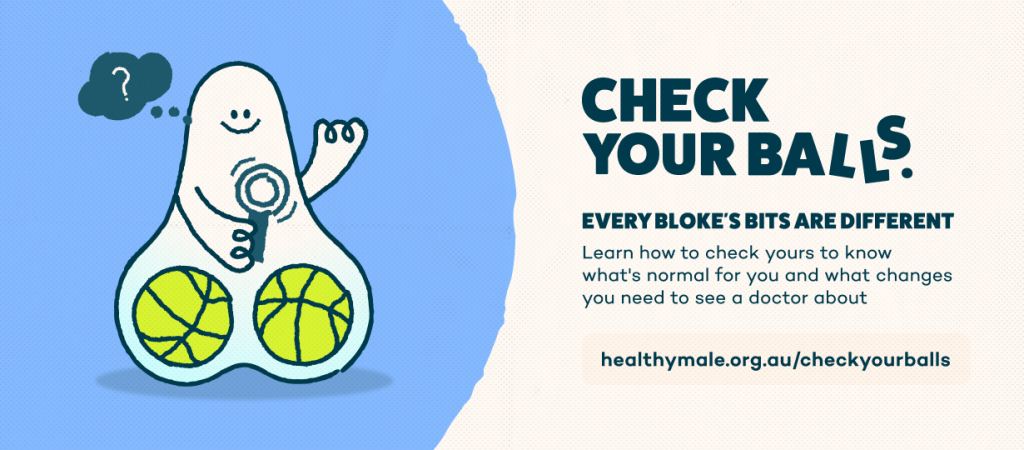So you’ve done a testicular self-examination, noticed a lump in your testicle and seen a doctor about it. These are all the right steps to take, and the next one will likely be an ultrasound to get a better idea of what that lump is.
Having a health professional touch and look at your genitals can be a bit uncomfortable, and wondering if you might have cancer can be stressful, but it’s important to get the ultrasound done as soon as you can.
Here’s what you can expect from the process.
What is a testicular ultrasound?
An ultrasound is what you’ve probably seen performed on pregnant women countless times in TV shows or movies. It’s a scan that uses sound waves to create images.
A testicular ultrasound creates images of the testicles (also known as testes). It is quick and painless.
It will show whether a lump is a fluid-filled cyst or a solid tumour. If it’s a tumour, an ultrasound will also determine how large it is and its location, which will help with diagnosis of testicular cancer.
What happens during a testicular ultrasound?
When you go for a testicular ultrasound, you’ll lie on your back with your legs spread. The person performing the ultrasound will spread a gel over your scrotum and move a small device called a transducer over the area.
The scan will take about five to ten minutes.
What happens next?
If the lump looks like a tumour on the ultrasound, your doctor will send you to have a blood test and you’ll be referred to a urologist. You may also have X-rays, a computed tomography (CT) scan or magnetic resonance imaging (MRI).
How is testicular cancer diagnosed?
Diagnosis of testicular cancer is confirmed after treatment. If scans and a blood test suggest you have testicular cancer, you’ll be advised to have an orchidectomy (sometimes called an orchiectomy). This is a surgical procedure, performed by a urologist, to remove the affected testis through a small incision in your groin. Laboratory tests will be performed on the removed testicle to diagnose the testicular cancer.
















